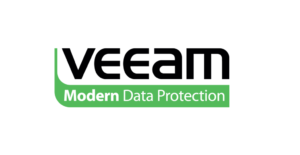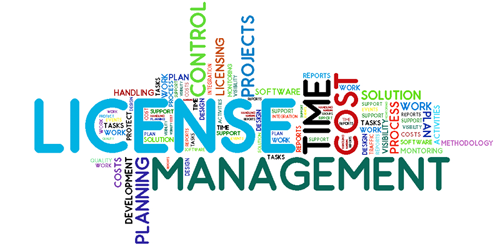
Why software licenses are important
A software license establishes the rights of all parties involved with the software: the author, the provider and the end users. It defines the relationship between the software company and users and explains how they are protected.







A software license is a document that provides legally binding guidelines for the use and distribution of software.
Software licenses typically provide end users with the right to one or more copies of the software without violating copyrights. The license also defines the responsibilities of the parties entering into the license agreement and may impose restrictions on how the software can be used.
Software licensing terms and conditions usually include fair use of the software, the limitations of liability, warranties and disclaimers. They also specify protections if the software or its use infringes on the intellectual property rights of others.
Software licenses typically are proprietary, free or open source. The distinguishing feature is the terms under which users may redistribute or copy the software for future development or use.
A software license is a document that states the rights of the developer and user of a piece of software. It defines how the software can be used and how it will be paid for. The following are some examples of specifications a license might include:
- how many times the software can be downloaded;
- what the software will cost; and
- what level of access users will have to the source code.
Licenses typically are expressed as an end-user license agreement or an enterprise license agreement. The license is a contract between the user or user organization and the developer. It defines the terms of the license. A user must agree to the terms of the license when acquiring the software.
Software also comes with a license key or product key. The key is used to identify and verify the specific version of the software. It is also used to activate the software on a specific computer or device.

What does a software license agreement include?
End-user license agreements typically include basic information about the parties entering the agreement, such as full names of the parties involved, contact information and address of the parties. It also likely includes information on the following:
- when the conditions of the agreement go into effect (i.e., the moment the user accepts the terms and conditions);
- charges owed per user;
- the duration of the agreement;
- terms of cancellation and terms for recovery of charges if cancelled during the period covered by the original agreement;
- distribution permissions and limitations;
- user rights for copying the software and making modifications;
- software performance guarantees;
- the number of eligible users;
- maintenance, upgrades and support that is included;
- how many devices will be allowed to use the software;
- disclaimer of warranties;
- transferability of the license to another business or person;
- exclusivity or non-exclusivity of the software to any one customer; and
- governing law and which entity will have jurisdiction over legal disputes about the license.